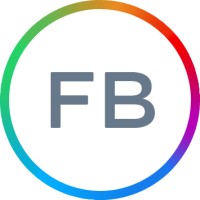
Grab
Grab is Southeast Asia’s leading superapp, offering a suite of services consisting of deliveries, mobility, financial services, enterprise and others. Grabbers come from all over the world, and we are united by a common mission: to drive Southeast Asia forward by creating economic empowerment for everyone. At Grab, every Grabber is guided by The Grab Way, which explains our mission and the operating principles on how we can achieve it together. We call these principles the 4Hs: Heart We work together as OneGrab to serve communities in Southeast Asia Hunger We work to understand ground truths and drive improvements, big and small Honour We keep our word and steward our resources wisely to build and sustain trust Humility We are a constant work-in-progress, and we never stop learning to get better






